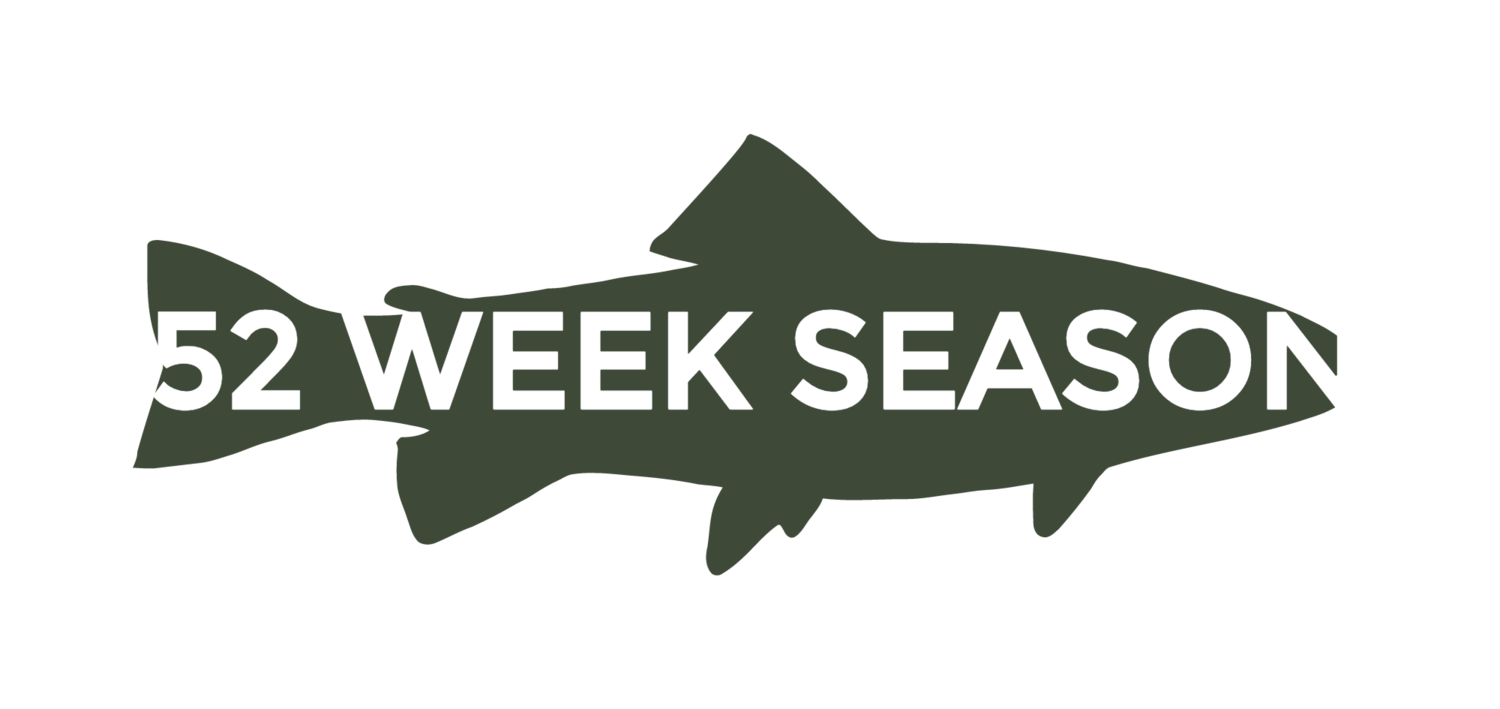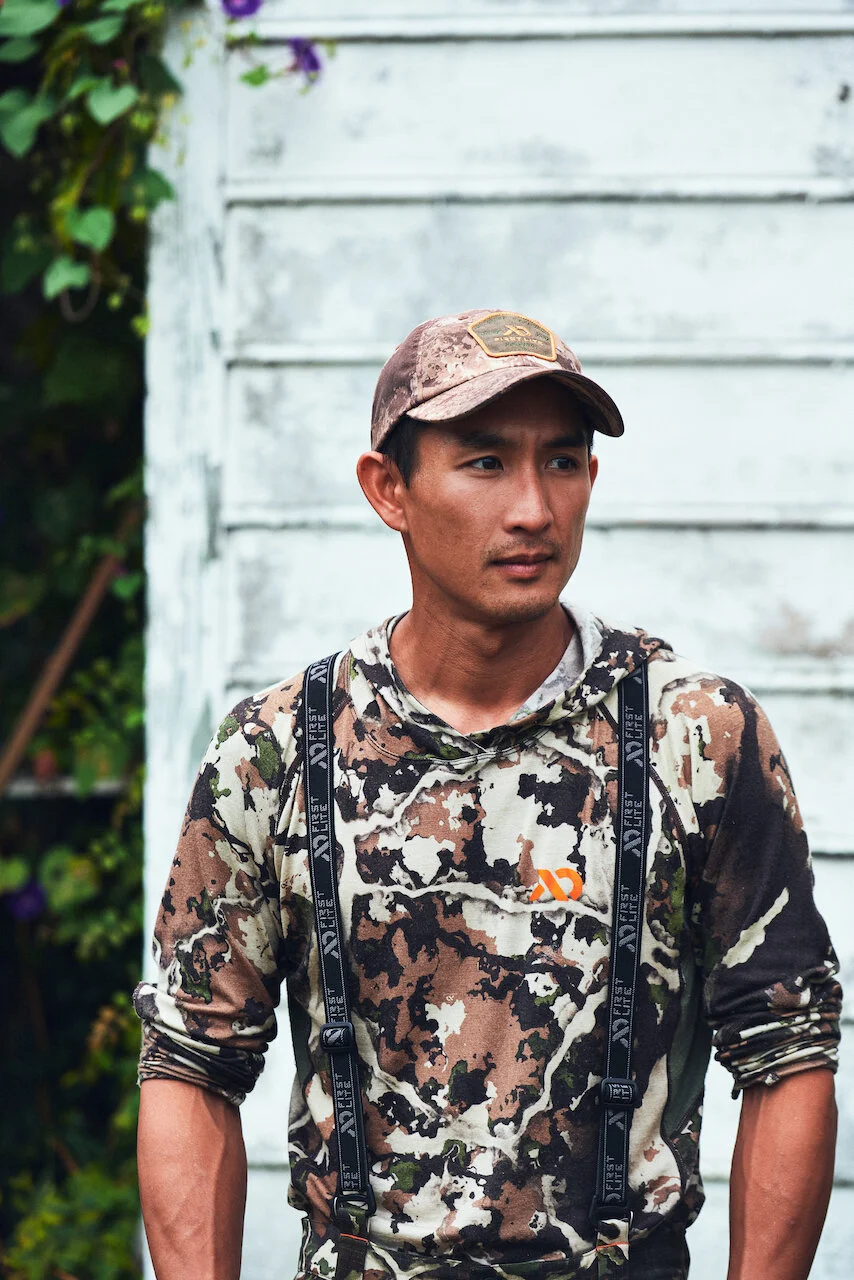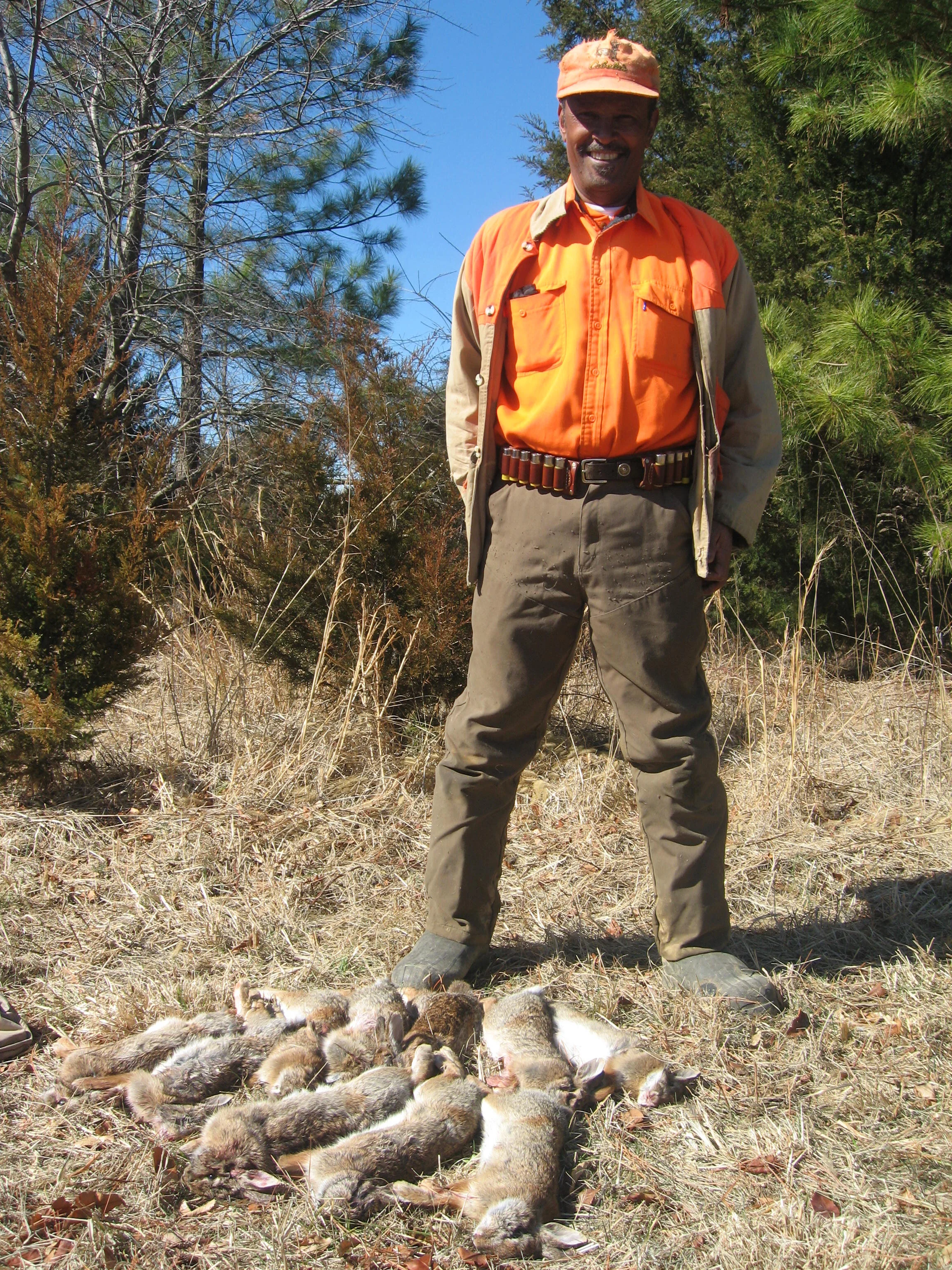Pat Beall: Chesapeake Bay Oysters
Anyone who has ever eaten wild oysters knows that they don’t grow clean and solitary, ready to be packed neatly on the raw bar. They grow in a twisted and tangled column of rocks that resemble a reef. Those oyster reefs were once so prolific in the Chesapeake Bay that they could impede shipping. The bounty was so endless that there were “daily oyster trains of from thirty to forty cars from Baltimore to the West,” according to a 19th century U.S. Fish and Fisheries Commission report. States organized their own navies to protect this valuable resource.
““There are literally millions of oysters hitting the water in these rivers every year.””
The oysters also supported one of the world’s most prolific estuarine habitats by helping filter water and anchoring a food chain that reads like a menu at a Kent Narrows crabhouse. Oysters are still great at those jobs, but sadly, after centuries of over harvesting and habitat loss, the population is a shadow of its former self.
Pat Beall is working to reverse that trend. Pat is an oyster restoration specialist with the Chesapeake Bay Foundation, where he coordinates with an array of federal, state, and local officials; non-profits; and commercial interests to replenish the bay and reclaim its title as the oyster capital of America.
I caught up with Pat recently in January to learn more about their work. We talked about the history of oysters in the bay, the lifecycle of Crassostrea virginica, and what makes Harris Creek on Kent Island perhaps the ideal oyster habitat. Oh, and of course, the best tasting oysters and where to find them.
Below are my questions in bold, followed by his answers.
What is Chesapeake Bay Foundation’s (CBF) mission?
CBF’s mission is to save the bay through a combination of restoration, litigation, and education. We do it through a whole number of different avenues, and oyster restoration is just one of them.
How is the oyster population doing?
As I'm sure you know, oysters populations are pretty low right now.
You probably hear the number thrown around a lot that the population is at 1-2% of its historical value -- there is some truth to that, but we try to be careful with putting an exact number on the percentage of the population because, believe or not, it's a really difficult thing to count.
Also when we talk about that number we're talking specifically about the wild population. Promoting aquaculture is a huge thing for us, too.
What species benefit from oysters?
Oh, there’s hundreds of them! There's over 300 different species that benefit, and I’d say most notable is the blue crab and the striped bass.
Two important ones!
Yep. Pretty important ones. Oyster reefs do benefit a lot of other critters because of all that habitat and diversity tend to attract a lot of little small fish and little small fish attract big fish and big fish attract fisherman. There's certainly a trickle down effect there.
Where did oysters historically grow the most in the Bay?
Historically, oysters were everywhere throughout the Chesapeake Bay, all the way up into the upper bay. Crisfield and Baltimore were huge oyster landings and major hubs.
The Eastern Shore has a lot of great oyster habitat and is generally a little bit saltier than the Western Shore because of the Coriolis effect. You can drive straight across the bay, and salinity is gonna be a little bit higher. You're gonna get a little bit more of a seawater exchange rather than a freshwater exchange, which is just generally better as far as actual oyster habitat is concerned.
Harris Creek
The southern and mid Western Shore --kind of where we are around the West River, Rhode River, Severn River -- has a lot of oysters, too. But we’re not seeing as much reproduction in those rivers as we are in the higher salinity areas, like on the Eastern Shore.
What’s the ideal oyster habitat?
Good hard bottom -- that's definitely number one right there. Oysters reefs are heavy and need to be stationary. We wanna see vertical structure, the same way you would see a coral reef growing up out of the bottom, so we want a good, hard bottom to support that structure.
And when we talk about the term reef, it’s a really important term to use, because there is a difference between an oyster reef and say, an oyster bar. Oftentimes when people talk about oyster bars that's referred to more in the place of harvest -- it's more of a managed piece of bottom.
We also want salinity. Freshwater kills them -- they can survive for a short period of fresh water, but on the whole, they need saltwater.
We also need oxygen, and we need good tidal exchange. We need a fresh influx of nutrients to come in every day.
Then we factor in some other things like the way, for example, the way a tributary retains its water. Generally speaking, you want a predominantly flooding estuary, not a predominantly ebbing estuary. You want a river or a small body of water where more water is coming than going. Some rivers just retain more water. We call that a trap estuary. Harris Creek, for example, is a trap.
And so you’re targeting those types of rivers for restoration?
Right, we're doing active restoration work, and a number of other organizations are doing active restoration work around there. There are literally millions of oysters hitting the water in those rivers every year.
In a lot of cases, we're referencing older charts and historical bars that we know have been there for a long time. They may not necessarily be in the condition that they once were, but there is some relic structure left that we can build on top. That's the most efficient way to do it. If it needs to happen, they'll go in actually recreate that hard structure and that hard bottom.
Putting in reef balls
Are you casting a wide net to plant a little everywhere or concentrating your efforts in high priority areas?
It’s a little bit of both. Legislation in 2010 set aside five target tributaries in Maryland where there’s large-scale restoration work: Harris Creek, the Little Choptank, the Tred Avon, the Manokin, and the Saint Mary’s.
For these, it’s all hands on deck -- let’s rock and roll!
When you say “we,” who is involved?
The Oyster Recovery Partnership and us [CBF] are the two main organizations conducting the large scale spat-on-shell plantings. Overall, it is a multi-collaborated partnership primarily overseen by DNR, NOAA and the Army Corps being the “heavy hitters”. But there are lots of other non-government organizations conducting plantings and restoration work throughout the targeted tribs, as well as many others.
It basically boils down to logistics and who can most efficiently manage those recovery areas. For example, some partners can carry twice as much tonnage as we can, but we’re super maneuverable and can get into smaller, shallower reefs. So it’s quite the coordinated effort.
Are the commercial operators involved?
I’m glad you asked that because a lot of the aquaculture growers are now partners.
The Chesapeake Oyster Alliance is a multi-collaborated effort to put 10 billion oysters in the bay by 2025. Rather than just counting oysters that are hitting the water for restoration purposes, we've made an effort to try and recognize that aquaculture oysters play a huge role in that -- they alleviate harvest pressure on wild bars.
We've launched a number of initiatives to try and help promote aquaculture. CBF has been doing these things called Oyster Pop Ups, which highlight particular oyster farmer every month. It’s pretty cool because some of these oyster farmers may live in more rural areas and could potentially benefit from access and promotion to a larger, broader audience. We've highlighted some pretty cool aquaculture farmers and had pretty good results. We've help to move a lot of oysters like that.
What’s the lifecycle of an oyster? Why do we eat them in the winter?
So let's take it from the summer.
Summer
There are kind of two big triggers for oysters, water temperature and salinity, and in the summer when the water warms up and it’s salty, spawning begins.
Oysters will spawn in the actual water column and “broadcast” larvae, which will float around for about two weeks -- this is why it’s so important to have a retention estuary.
The larvae will develop this gluey foot, and it has a finite amount of time -- a two or three day window -- to attach to something and find a home. Ideally that’s another oyster reef.
Spat on shell
Shell is obviously the best substrate, and naturally they want to settle on top of another oyster and grow vertically. They get more food that way in the water column. The reef is also their natural solution to get out of the sediment and protect the young in the inner reef.
So that happens in summer.
Fall
At the end of summer, they have their home. They’re sitting on top of another reef and start to go into a more dormant state. They’re still filtering, but only filtering enough to keep themselves alive, but it’s a much slower pace than you would see in the summer, and it remains that way through the winter.
Late Fall / Winter
There’s a number of reasons why, historically, oyster harvests happen in the winter. Its dormant state is one of them -- you don’t really want to eat a spawning oyster. It’s not really great for the population to be taking oysters out of the bay in the middle of summer when they’re trying to spawn. But it’s also kinda gross, like translucent and depleted.
How long do oysters take to grow?
Once it's attached to a shell, it’s now called spat and it remains there for the first year of its life. By the time fall rolls around, they’ll be creeping up on about an inch inside, and then two inches the following year. We generally say it takes around three years to get to harvest size in which is 3 inches in Maryland and Virginia.
Is it true that they grow faster in warm water, like in the Gulf?
Well, there’s a couple of different things you can do to speed that process up. Obviously water temperatures are a big one -- they’re going to grow faster if they have a longer growing season.
But you can also play a little bit with the way oysters are being grown. Like in the case of aquaculture, putting those oysters in cages and getting them up for the bottom lets them filter pretty much 24 hours a day.
You can also speed up the growing process by creating an extra chromosome within the DNA strain (a triploid vs a diploid oyster) so that they are not able to reproduce and spend less time in the middle of the summer with reproduction. It’s called a “triploid oyster.” Their energy is put 100% in growth. This is often done in aquaculture.
How can you tell if it's been modified?
You know if you get a wild oyster from your local waterman down the street that came off his/her local bar, those oyster shells are heavy. They’re hardy. They’re like stone almost. You can use a sharp knife or even a screwdriver to pop that thing open.
When you get into those aquaculture oysters, you try to do something like that, you’re just gonna crumble that shell. A lot of those oysters are triploid oysters, and they’re putting all their energy into growth. They’re growing so fast that they’re almost outgrowing their shell.
Yea, wild oysters I’ve had in South Carolina are like tangled rocks.
Absolutely. And that’s that three dimensional structure that's indicative of a wild oyster just sitting on top of another oyster and growing however it can grow.
The aquaculture oyster grows in bags as an individual rather than stuck to another one. They don’t have to break them apart with a hammer like on a wild oyster bar, and it creates a really good presentable looking oyster for the restaurant. And that’s what the consumer wants. It’s sold in the market for significantly more.
Do you have any favorites?
Well, you know, it depends. If it's a party and we got a bunch of friends hanging out, people may want to throw them on the grill.
I love buying a bushel of oysters from the local guy down the street. I'll work with some of the local farmers that are right there in the West River, and so, you know, it makes sense to get oysters from them. Like buying right off of him as they're coming off the boat!
I'm a huge fan of some of the aquaculture oysters, too. It's like the microbrew thing -- there's so many different ones out there you can try. I like the briny, southern bay oysters a lot. I think I think some of the best places I've actually ever had have come from way up north in Maine. They're super cold and super salty.
Lastly, what can people to do help?
Certainly support your local oyster farmers and recycle the shell.







